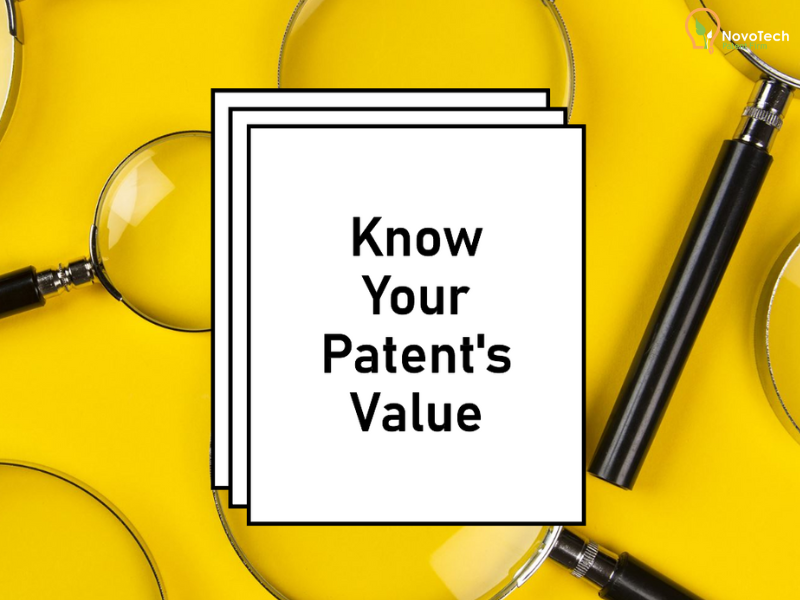
Patent Valuation: Understanding Your Intellectual Property’s Worth
Authored by Azadeh Khadem and Babak Akhlaghi on October 17, 2024. Before engaging with potential buyers or licensees, it’s crucial for patent holders to understand the value of their patents and the potential royalty rates they can command. Patent valuation is a complex process that involves multiple factors, including the interests of specific buyers or licensees. This section will guide you on how to value a patent, ensuring you have a solid understanding of your intellectual property’s financial potential.
Methods to Value a Patent
Determining how much your patent is worth involves considering a range of valuation methods. These methods are influenced by various factors that reflect the patent’s significance and potential market impact. Common approaches include analyzing the patent’s litigation and prosecution history, evaluating the size of the patent family, and examining the number of foreign counterparts. Additionally, assess forward and reverse citations to gauge the patent’s influence and innovation standing within its technological domain.
Key Valuation Techniques Explained
Cost-Based Method
This approach calculates the value of a patent based on the costs incurred to develop the patented technology. It includes research and development expenses, legal fees, and other related costs.
Market-Based Method
This method values a patent by comparing it to similar patents that have been sold or licensed. The focus is on market transactions to determine what buyers are willing to pay for comparable intellectual property.
Income-Based Method
This technique estimates a patent’s value by forecasting the future income it is expected to generate. It involves calculating projected revenue streams from licensing or commercialization and discounting them to present value.
Relief from Royalty Method
This approach assumes the patent holder avoids paying royalties by owning the patent. The value is determined by estimating the royalties saved over the patent’s life.
Option-Based Method
This method uses financial models, like real options analysis, to value the flexibility and potential of a patent. It considers the value of future opportunities that the patent might unlock.
The 25% Rule
Though less common now, this heuristic suggests that a licensee should pay 25% of its expected profits from the patented technology as a royalty to the patent owner. It’s a rough guideline for valuing licensing agreements.
Factors Affecting Patent Portfolio Valuation
For a comprehensive patent portfolio valuation, it’s essential to consider both qualitative and quantitative factors. Key elements like validity, infringement assessments, and claim language play a significant role. These factors help in estimating the patent’s enforceability and the likelihood of its successful defense or assertion.
Licensing and Revenue Considerations
When valuing a patent for licensing purposes, the analysis may include reviewing the revenue generated by companies utilizing the patented technology. This includes examining cross-licenses, settlement agreements, and potential damages recoverable in infringement cases. Understanding how to value a patent in this context is vital for setting competitive and attractive royalty rates.
Calculating the Worth: How Much is My Patent Worth?
To accurately respond to the question, “How much is my patent worth?” patent holders must conduct a thorough analysis, incorporating market trends and technological advancements. This includes assessing the patent’s commercial applicability and the economic benefits it provides to licensees or buyers.
Conclusion: Navigating Patent Valuation
Patent valuation is an essential step in realizing the full potential of your intellectual property. By understanding the various methods and factors that influence how to value a patent, you can maximize your patent’s economic benefits. Whether through direct sales, licensing, or strategic partnerships, knowing the worth of your patents empowers you to make informed decisions that drive business growth.